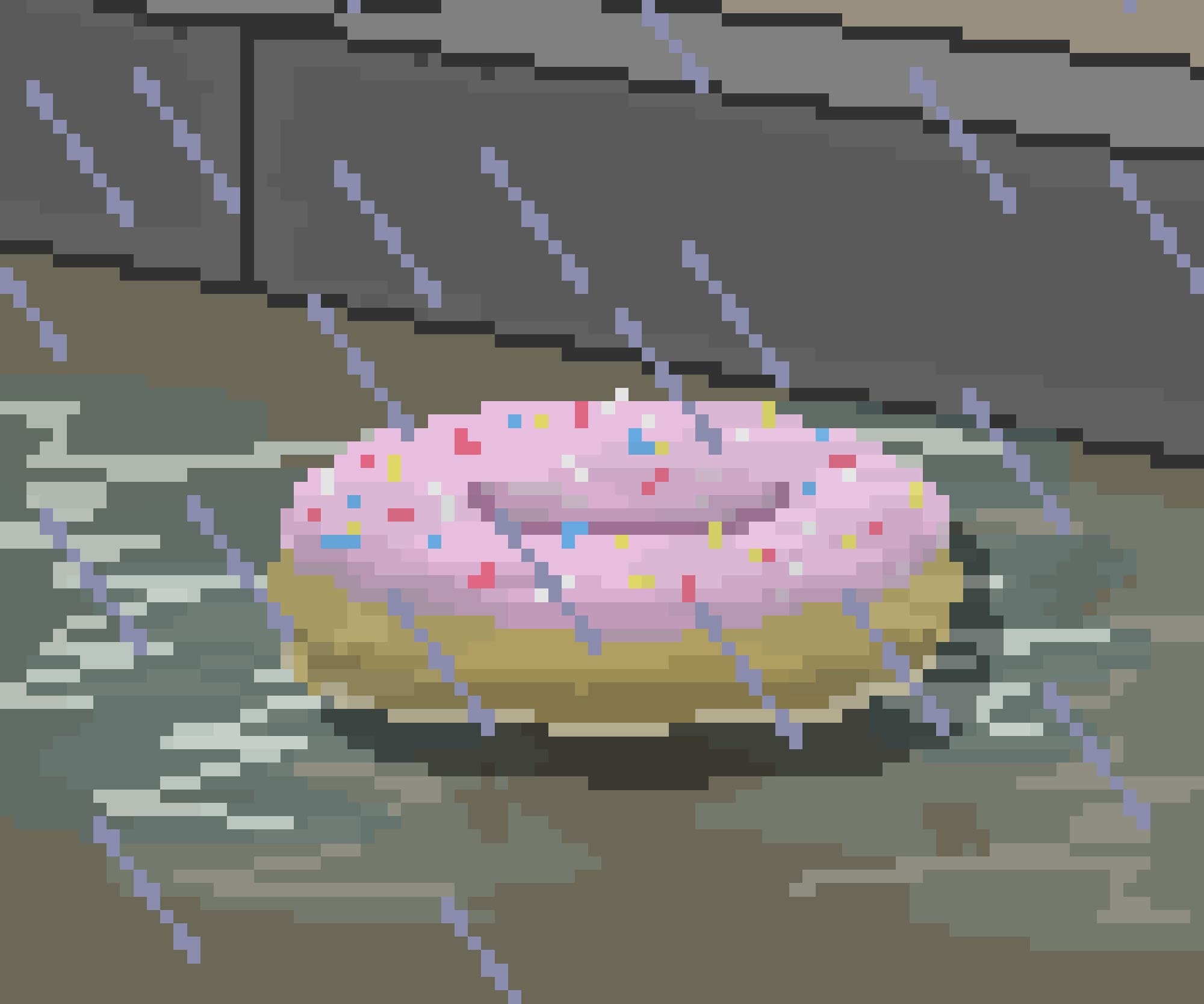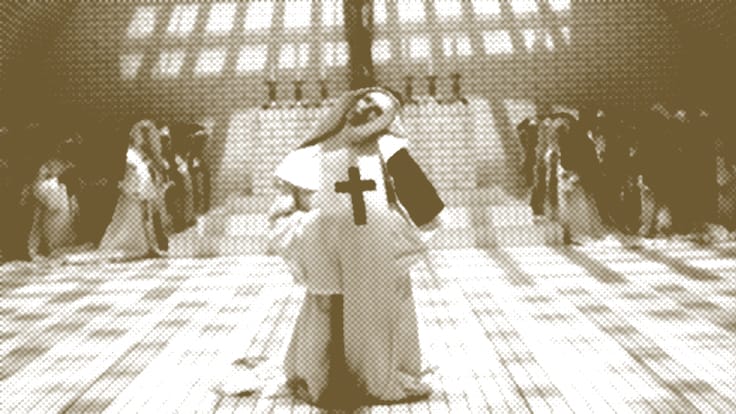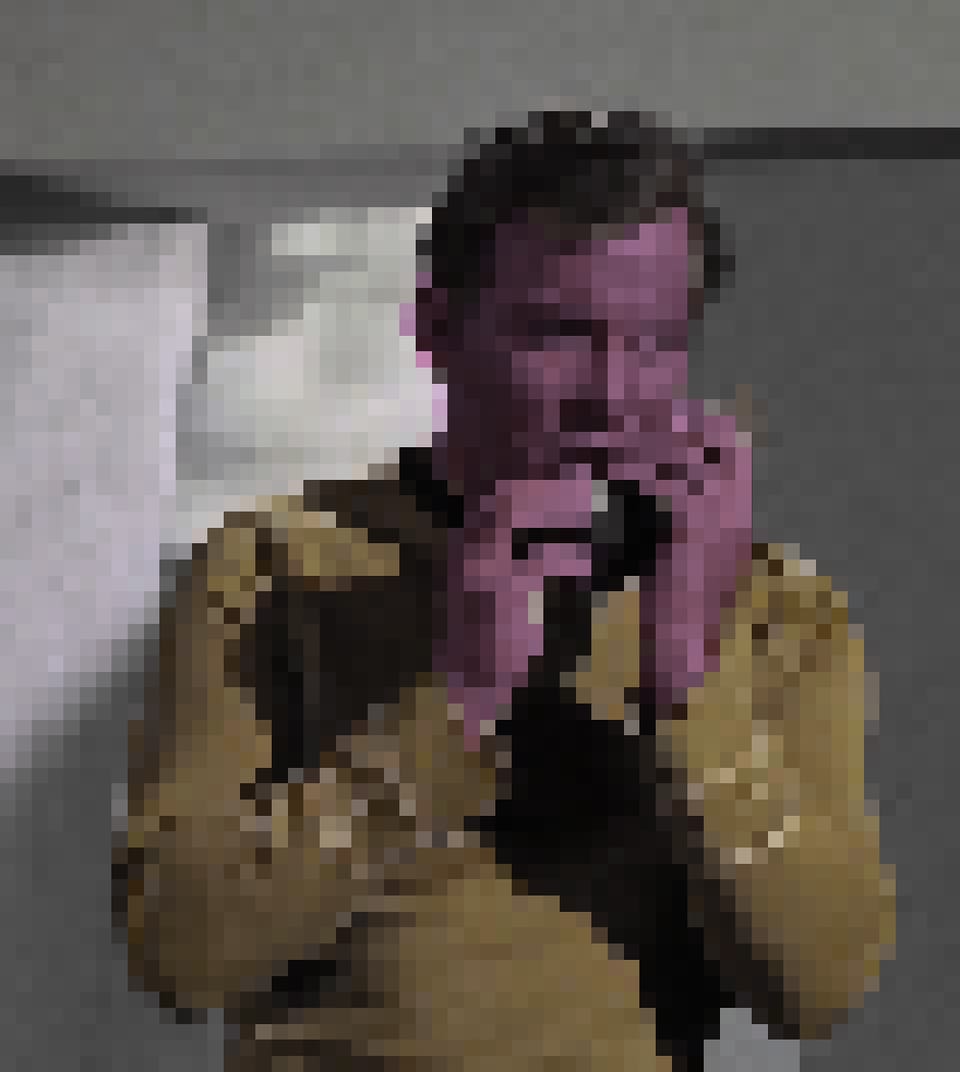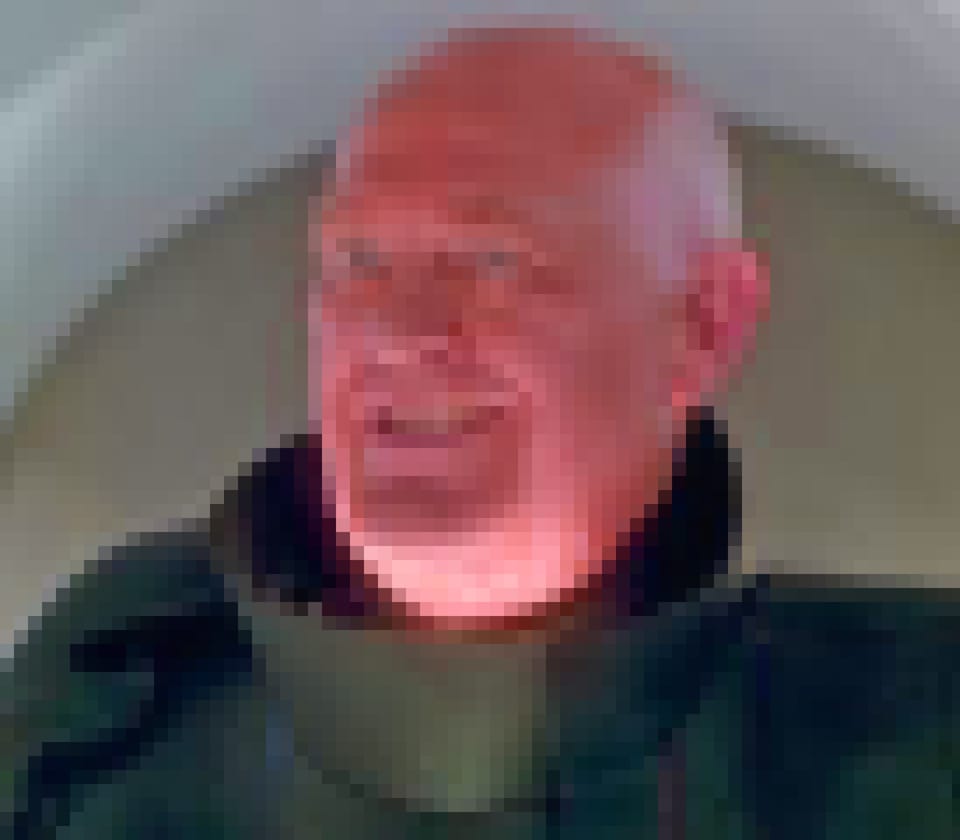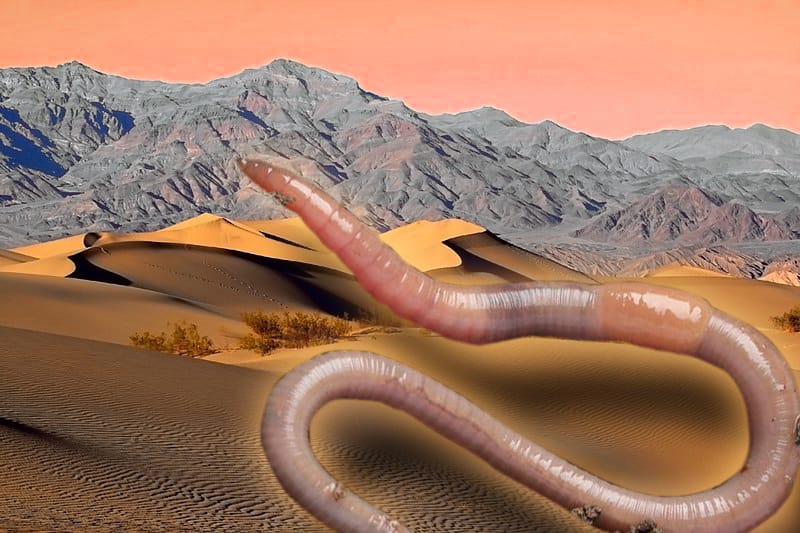Ghostwatch: The Greatest Horror Movie
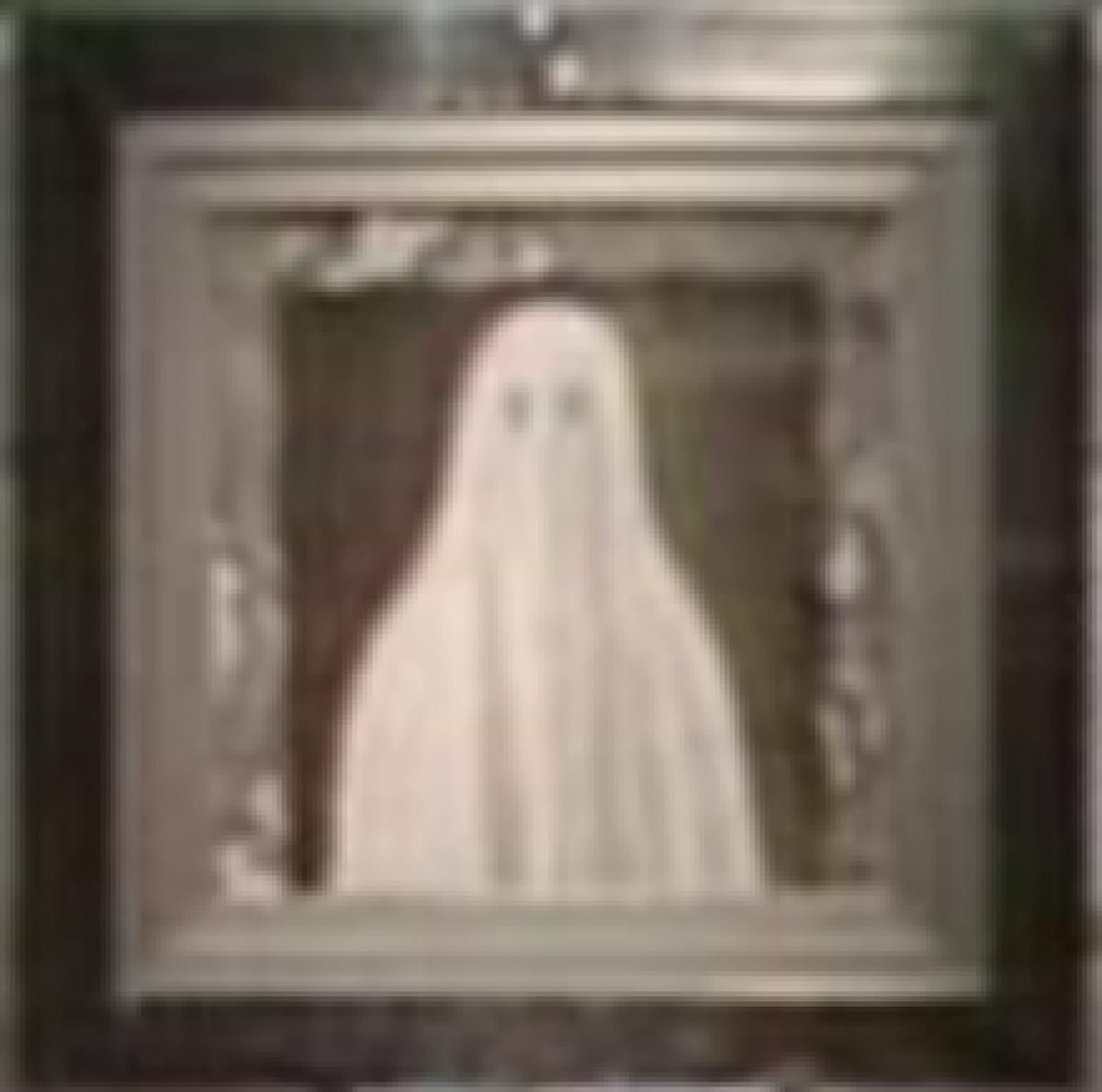
Ghostwatch is a phenomenon that caused controversy when it was aired on Halloween back in 1992. The BBC kind of got into a bit of trouble over it, and it has never been aired on the BBC since. Since then it has divided opinions and become a cult classic. I say it is one of the greatest horror movies ever made.
There are some spoilers, obviously, but you actually download and watch Ghostwatch on the Internet Archive. Go watch it now!
Ghostwatch is clearly very well made. A lot work went into it. It’s not just a case of actors ad-libbing a pretend live broadcast; it was properly scripted, and it has a build up and pace that is never really boring. The ‘live TV’ structure allows the narrative to switch seamlessly from one idea to the next. The premise is one of a TV investigation, so the show is able to cut away to different places when the entertainment factor dips. Once a section has proved its use, the narrative can go off in a completely different tangent. It also has a charming dated quality where 90s state-of-the-art, latest technology was used.
One criticism is that it’s obviously fake. I think people watching in later years, who might be more familiar with TV techniques and trickery might be more inclined to see the fabrication right from the beginning, but I cannot help thinking folk might watch the show nowadays with heightened critical faculties: Having been told the show is fake, they watch willing the show to trip up so they can take pride in their exceptional nous.
To understand how the show deceived people, you have to think of it in the context of its original airing, but I also think focusing on it as a hoax that duped millions of people round the country misses the point, stopping you appreciating how well made it is, and stopping you understanding how people would have originally watched it when it aired.
This is a TV show that creates engagement and horror in unorthodox and original ways. Ghostwatch is genuinely creepy. I guess watching it alone at night might heighten the creepiness, but it achieves a creepiness that most horror films do not. And for that, I would call this one of the greatest horror movies made – although technically it’s not a movie but a TV drama.
Not a Horror Movie
One of my complaints of horror movies is that they aren’t really very scary. In fact, horror movies are basically comedies, with the punchline being: someone’s head gets chopped off. And I think this is an intentional and largely unavoidable trait of the horror genre. If a a horror movie is truly scary – and I don’t mean lousy jump scares – if they were truly horrifying, maybe they wouldn’t be so enjoyable to watch.
If depravity and gore are presented without the tongue-in-cheek humour, perhaps they would be more unsettling than entertaining. Who wants to sit and watch realistic inhume content with a smile on their face? The humour allows you to relax and enjoy the maiming and the killing because it shows you’re not entirely an unfeeling sociopath.
With Ghostwatch, by being based on a fake live broadcast format, literally every trick used in the horror genre could not be used. Apart from the title music, there’s no music, so no ambient music setting the scene. There are no grotesque sound effects, very few scary visual effects, and no story. There are few well-framed shots. It’s mostly clumsy, on-location hand-held camerawork or banal in-studio camerawork with a seeming on-the-fly, unscripted approach.
It’s basically The Blair Witch Project ten years before The Blair Witch Project, but it is better than The Blair Witch Project, because it isn’t filled with boring story filler. But it also has parallels with Jaws. While Jaws creates unease by having an unseen underwater killer lurk the seas, attacking at random; Ghostwatch has an otherworldly entity lurking and appearing at random, never quite in shot, never quite fully seen.
Like Jaws, there’s sense that something might be there, watching, ready to attack in an otherwise normal environment, that should be a safe and pleasant environment. Ghostwatch creates a friendly and familiar TV environment, and slowly picks it apart, placing the presenters and members of the public in an incomprehensible ghostly world.
It’s very fun and very enjoyable.
TV Nous
Ghostwatch is great even when you know it’s fake. Much has been claimed after the shows airing; about how it was never the BBC’s aim to trick the public, etc. The BBC did provide evidence that the show was a drama and not a live broadcast – like printing a cast list in the Radio Times – but to say they weren’t playing a trick is just a lie. They made sure that the promos prior to broadcast didn’t include any footage of the show – since the show was supposedly being aired live – and they also had people on the live phone lines to reassure callers and tell them it wasn’t real. If there was no attempt at deception, why would they do that?
Their aim, it seems, was to play a trick but they assumed the public would guess it was a drama somewhere along in the lines – at least by half way through, say. I think the makers overestimated the public’s profundity of media culture. Watching Ghostwatch, knowing it’s a fake, it is easy to spot the dodgy acting and questionable moments. But the acting isn’t all that bad and the original airing was presented on-the-face-of-it as a live TV broadcast, so original viewers weren’t looking for the tells like future audiences might.
It’s impossible to know how modern audiences would react to it without finding people who have never heard of it. I was young when it aired and I watched the broadcast. At first I believed it was a real live broadcast – because it was advertised as such – but somewhere along the lines, I twigged that it was a dramatisation. But even then, I was still not entirely sure at first, and I don’t remember if I ever realised it had been pre-recorded and it was not a live broadcast.
And that’s an important thing to bear in mind. While people might have spotted obvious acting taking place, pointing to one kind of fabrication, they might still have been unaware of other deceptions regarding the medium of TV broadcast itself. I had a creeping doubt it was fake, but there was still a confusion.
The thing is, the show so very well recreates the live TV format, and all the presenters are actual TV presenters, who were well known and loved. The idea that they’d be part of a prank, and that the grown-up, sober BBC would play a prank, was a bit puzzling. On top of that, the presenters’ performances are pretty good. Parkinson is great and pretty much ad-libs, as he would on one of his talk shows, Sarah Greene and Craig Charles are both actors and their occasional wooden performance is no different to the usual wooden delivery of a TV presenter, in particular on live TV where they read from autocue. The cameraman and sound man on the show are also real professionals, not actors, so are convincingly awkward when the camera is on them. A lot of it checks out.
Also the ‘live TV’ format invites viewers to talk while they watch, to share sightings and point at the screen. The premise doesn’t ask for you to sit in complete silence and pay constant attention, so during its original airing, people weren’t necessarily paying close enough attention to spot the fakery. To understand it, you have to understand that many people would have been half watching it while much of the talking went on.
There are also some good acting performances. While the mother’s accent sounds put on to me, when first interviewed she performs a very convincing sob while she explains how the ghost has ruined her life. I guess that was why she was chosen for the role because it is a great piece of acting. It is also a great way to cut away from the scene, to not tell too much too soon, and leaving the audience intrigued.
There are also nice features like the younger daughter touching things or fidgeting while she is being interviewed. And I guess they didn’t give her too much direction, allowing her to be an authentic child to perform an authentic performance.
I don’t think people were foolish for believing it. The show uses TV techniques many of us unconsciously take for granted. We’re not all well-verse in deconstructing media, and the makers overestimated how well average people on the 90s understood the workings of TV.
Tricks and Treats
The ‘Live TV’ format is used very effectively. There are nice little details like while Parkinson and Mike Smith are talking in the studio, there’s a cutaway shot of Sarah Greene speaking, but with no audio. You get a sense of a dialogue between characters without it being fully revealed, keeping the show efficient without filling the time with too much boring, beside-the-point talking.
Another moment – possibly ad libbed – has Craig Charles casually chatting and being embarrassed by the BBC’s lack of professionalism. There’s poor framing of subjects, and unusual bits of action that are abruptly cut off. These are lovely little moments that help to build the illusion of a live broadcast, but also to bring confusion with some parts being quite strange or unclear. It makes compelling viewing.
Not far into the show a viewer reports on seeing something in the previously aired footage, something that the paranormal psychologist hadn’t spotted. The viewer phone-ins is a great device, bringing in a sense that there are eyes all over the country noticing and experiencing things, and not just experts on TV telling us what’s happening. And at this stage in the original broadcast, most viewers wouldn’t have twigged it was a dramatisation This is an exciting lead in a mystery, something to investigate.
While the editing crew fetch up the footage, the show returns to Sarah Greene. There’s a strange knocking sound that baffles everyone but turns out to be Craig Charles playing a trick. This is a fun device because it sets up something obviously fake, something that could destroy the illusion. But by revealing it as a childish prank, it helps to reinforce the seriousness of the ‘real’ investigators. It’s a hoax within a hoax that distracts the viewer from the actual deception taking place.
Charles’s role is interesting. He’s there to not take it seriously and his part works very well to give gravity to the ‘real’ investigation. Parkinson also does this with his patronising demeanour. By including sceptics and folk who do not take it seriously, it presents a genuine attempt to find the truth, that the BBC isn’t trying to lead the viewer to think one way or another.
This mockery of the investigation sets us up to return to the bedroom footage and we are invited to look about the room, hunting for the ghost the viewer spotted. There is now a superimposed figure, but only faint until the light goes out and the figure becomes more pronounced. Even then, Dr Pascoe and Parkinson don’t see it. It’s a great device where the viewer is asked to lead their own investigation with no apparent coercion of what to think from the experts.
They replay the footage, but now the ghost has been removed. So anyone who saw it might be confused, being sure that there was something there. Remember at first viewing, you wouldn't’ get to rewind it. The show cuts away again, then returns to the footage. Now the figure is back but a little fainter, meaning perhaps it was a trick of the light after all?
The paranormal psychologist decides it’s a shadow, perhaps feeling undermined that she didn’t spot it herself beforehand. To annoy the believers even more, using a light pen, she draws a line round the figure but in slightly the wrong place.
There are some, but surprisingly not many, appearances of Pipes the ghost. The appearances are always subtle and often easily missed, defying the usual horror movie logic. One appearance is when Sarah Greene follows noises about the house. There’s some banging down stairs which stops as soon as she gets there but she finds the kids’ drawings on the floor and a ring of crayons. A cat appears outside that scares her, and the camera points to the window to show the cat. As the camera lifts up, Pipes’ reflection is seen briefly in the glass of the window. But no one notices the figure and when the camera turns, there is no figure in the room.
Telling not Showing
Me loves me a good ghost story. I think the telling of ghost stories makes you use your imagination more than being shown stuff in movies. One reason Ghostwatch is creepier than your average horror movie is because it relies so much on the telling of ghostly ideas, as well as other ghostly noises.
One enjoyable moment is the part where an audio recording is used to play a creepy ghostly voice, spoken by the oldest daughter while being interviewed. This fictional interview could have been videoed – and they do show some video – but in this case it wasn’t. The script writer deliberately focussed on sound only, precisely because hearing-and-not-seeing can create a heightened sense of unease.
One baffling part of this section of the show – which I love – is when the paranormal psychologist explains the techniques they used during the interview. Dr Pascoe explains how they filled the girl’s mouth with a ‘coloured liquid’, sealed her lips and the voice still came, unaffected.
Quite what this coloured liquid is is never revealed, and quite how safe it is to fill someone’s mouth with a liquid then seal it is never brought up. It gets absolutely no reaction from Parkinson, who is rather nonplussed by it all. But the coloured liquid thing is a completely bizarre thing to say.
There are various phone calls from ‘viewers’ throughout the show and they range from silly to concerned to troubling. Some of the best leads to explain who the ghost is and why he is at that house come from some of the callers. Again there is a use of the telling of terrible things which is much creepier than showing them, but it also provides a kind of gossip/folklore feel, like the real answers come from people connected to events in the area, something that science isn’t able to achieve.
In fact, while science captures evidence of the ghost, every advancement on explaining who the ghost is and his backstory comes from members of the public who lived or are living near the house. This is classic ghost story telling.
Real Ghosts
There are two talking-head sections in the show, one of which is interrupted before the footage can be played, and these sections are documentary footage of actual members of the public with their own supposedly real ghost stories. Sarah Greene’s ghost story is also her own ‘real’ ghost story she tells unscripted. I don’t know how many people gave their stories to the BBC, but I’d love to listen to them all.
Only one is played completely, and the man requested his face was pixelated to hide his identity – conveniently adding an extra layer of creepiness. He talks of saliva forming over his food and faeces appearing on the bathroom cupboard. Although we cannot know if he is lying or not, he certainly sounds like he believes it, and it make me wonder what the hell happened to this person!
Even if you don’t believe in ghosts, stories like these can still be puzzling and unsettling, and often the ideas in them are quite original.
Pipes!
This is why Ghostwatch is one of the best horror movies ever made. The faux live-TV format forced the writer, director and producer to create horror is a truly original and unorthodox way. And as much as people might scoff and say it’s clearly fake, there’s no denying it is very well made and the recreation of a live TV show is a delight to watch.
I guess the accuracy of recreating live TV comes from the fact it was made by TV people, which is why fake TV shows in films usually have an unconvincing campness about them. (Note, Scorsese used a real TV ad person to create a fake TV ad in Goodfellas). I think this is why I love this movie so much: it does the fakery so well that most movie makers wouldn’t be able to achieve.
And even when it’s obviously fake, it’s still good.
Over and out for now, guys!
xxx
